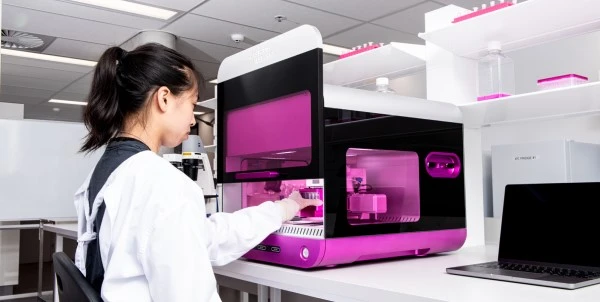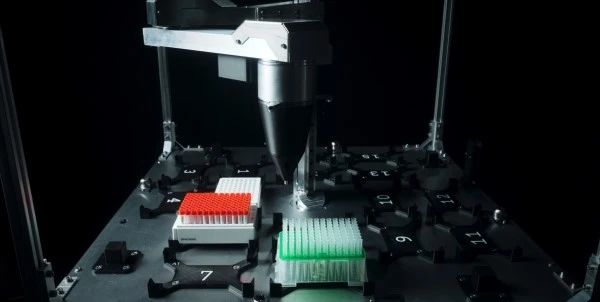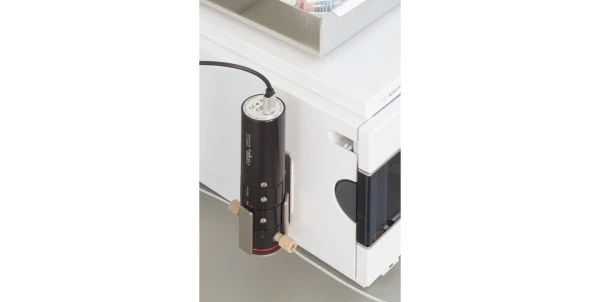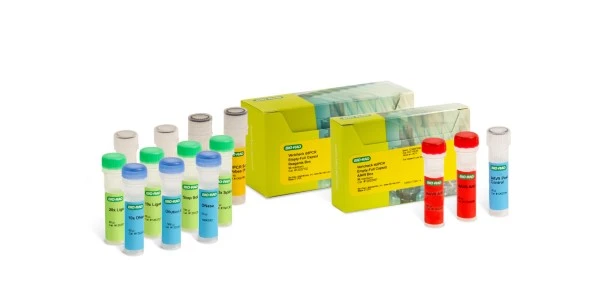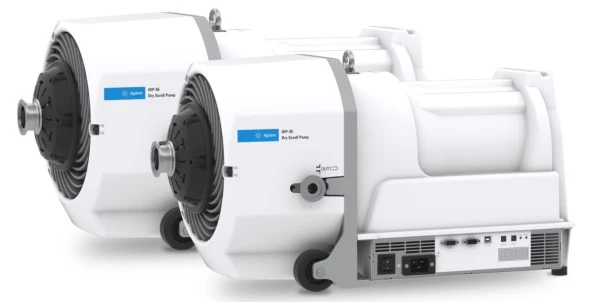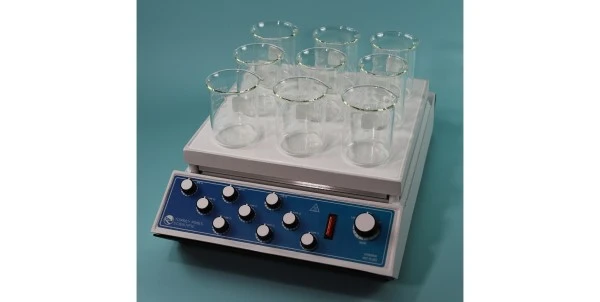The pipettor (‘micropipettor’) is probably the most common “prop” that appears in photos or news video when local media cover medical breakthroughs. However, every day in your lab, your pipettor is no prop—it’s an essential research tool. LabX.com markets a wide range of new and used pipettors, pipettor parts, tips, and accessories to meet your lab’s needs. Search under “pipettes” at LabX.com.
Perhaps your lab is new or expanding and you need extra pipettors for new personnel, or perhaps you have pipettors that are broken. If you have pipettors that appear to be in good working order, now is a good time to check their accuracy, especially if you haven’t calibrated your pipettors recently. It’s a good idea to calibrate them at least monthly..
Aside from price, which will always be a factor in your purchasing decision, here are five points to consider when purchasing your next pipettor(s):
1. How often do you use a pipettor? The more frequently you use your pipettor, the bigger the role that ease of use, comfort (fit to your hand), and ergonomics should fit into your purchasing decision. Unlike most pieces of lab equipment, a pipettor may be held in the hand for many minutes to hours a day. Comfort matters. Lab personnel who use a pipettor for several hundred uptake/dispense cycles in a day risk carpel tunnel syndrome or some other repetitive strain injury (RSI). Some models now offer reduced tension springs to alleviate fatigue and risk of RSI. Here’s how you can further reduce RSI occurrence:
-
If personnel perform a lot of assays in tube racks or multi-well plates, a multi-channel pipettor is a good investment to reduce injury, save time, and provide more reliable results (fewer pipetting errors).
-
Motorized pipettors are also available in both single- and multi-channel models for even further reduction of RSIs in high-use personnel.
-
Comfort to your hand—well perhaps not your hand—but the hands of your personnel. If you need new pipettors and your students or employees do lots of pipetting, ask them about their preferences in pipettors. They may have used another model in a previous lab, or have tried some at trade shows. Some prefer a round barrel pipettor; for others a more oval shape fits their hand better. Pipettors also differ in weight and diameter. A lighter, smaller diameter pipettor might be better suited for employees/students with small hands.
After you have talked to your team and have reached a consensus, come back to LabX.com to make the shopping decisions for the pipettor(s) you need.
2. Ease of cleaning and repair—it seems inevitable that some transfered liquids will end up inside the barrel of your pipettor. Pipettors should be easy to disassemble to remove internal liquids and to clean, especially if a toxic, corrosive, or radioactive liquid has been aspirated into the pipettor.
3. Ease of changing settings and reading settings—most pipettors have adjustable volume controls. The adjustments can be made by rotating a dial located in the handgrip or by rotating the thumb-operated piston. Your lab personnel may have a preference. Also check that you/they are happy with the readability of the volume setting.
4. Volume range—some pipettors dispense in the range of 100-1000 microliters. However, if a large part of your dispensing is in the 100-200 microliter range, it is worthwhile also having pipettors that cover the 20-200 microliter range. This often provides superior accuracy in this liquid handling range and requires fewer big adjustments in volume on the larger pipettor.
5. Spare parts—O-rings and sealants wear out over time. Ask the manufacturer or reseller what replacement parts come with the pipettor.
You can ask manufacturers and resellers about these points and others by going to LabX.com and filling out a “Request quote” form.
Visit the LabX Cell Culture Technology application page for equipment and product listings as well as content dedicated to pipetting and cell culture work.
View our expanding catalog of Cannabis Laboratory content for further insight.


